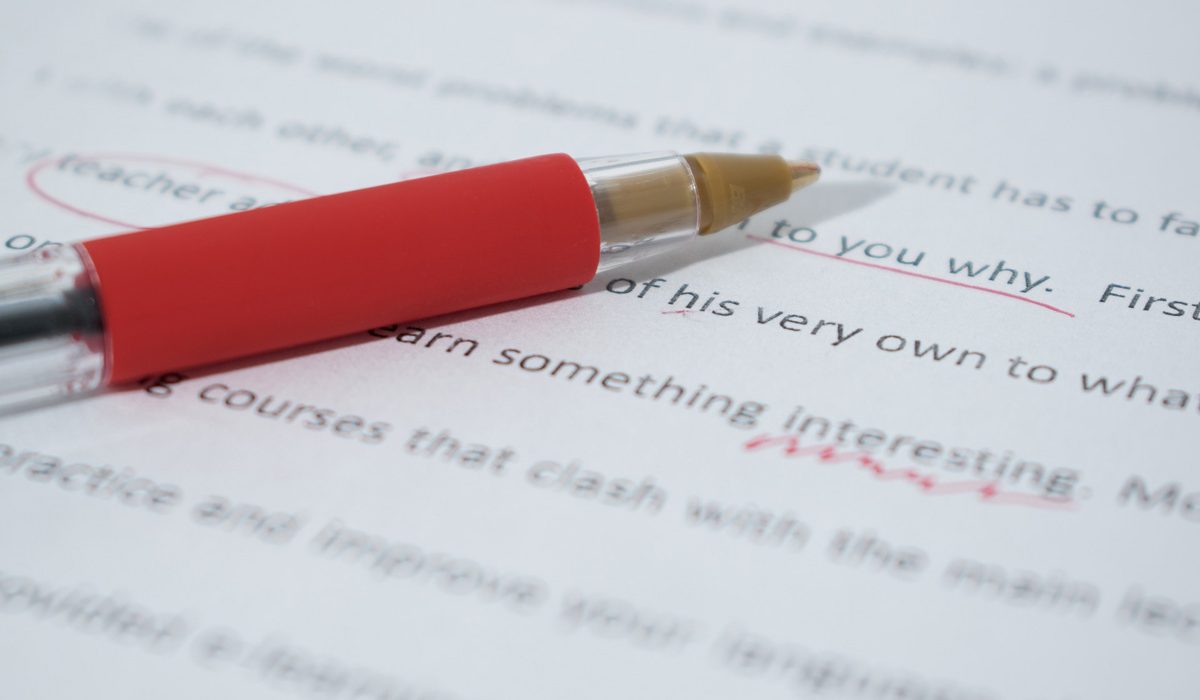It’s time to come back to the basics: How do real-life, professional editors edit?
In all of the research done on editing, surprisingly little has been done to look at how real-life, professional editors edit. How do they identify problems? What strategies do they use? What is their process? The answers to these questions lay the foundation for a more comprehensive understanding of the editing process used for writing projects.
THE RESEARCH
To understand the revision process of professional editors, Jocelyne Bisaillon, a professor at Laval University, observed and interviewed six professional editors and described her findings in her article “Professional Editing Strategies Used by Six Editors.”
To get the most natural results possible, the observations were done by video recording the editing efforts of these editors in their normal workspace while the editors worked on new material provided by their own clients. This setting allowed Bisaillon to best see what processes and subprocesses editors use in a typical editing scenario.
Results indicated that the editing process is linear and consisted of reading, detecting problems, and correcting problems (with some editors rechecking their work). Editors reviewed writing relatively few times, which contrasts from writing, which is commonly believed to be more recursive in nature.
The results also indicated that editors used two error-detection strategies: (1) comparison strategies that involved the editor detecting problems during editing and (2) anticipation strategies that involved detecting problems the editor anticipated before editing. Editors used comparison strategies 97.48% of the time and anticipation strategies 2.52% of the time. On average, during the editors’ evaluative reading of a work, editors solved 57.77% of problems immediately upon detection (with more experienced editors solving 74.55% of errors immediately upon detection and less experienced editors solving less than half of errors immediately).
In situations where errors were not solved immediately upon detection, there were five methods used to determine a solution. The five methods included rereading, reading the section around the problem again; reflection, considering different possible solutions; immediate search, immediately looking up the solution; reported search, making a note to look up the solution at a later point; and tentative solution, proposing a solution for later reworking. Of these problem-solving strategies, immediate search was the most often used strategy at 22.5%. The tentative solution was the least used problem-solving method at 0.61%.
THE IMPLICATIONS
The research suggests that the process used by the observed professional editors is a linear process with small subprocesses—evaluative reading, detection, and correction—used in a specific order as editors move through the text they are editing.
For professional editors, this research gives the opportunity for them to analyze their own editing process and provides new editing processes and strategies to consider.
For those teaching editing, this research gives insight into the linear process and subprocesses that constitutes the editor’s revision process.
This research also provides future researchers with a better and deeper foundation into the revision process and the detection and correction strategies used by professional editors.
To learn more about editing strategies and processes read the full article:
Bisaillon, Jocelyne. 2007. “Professional Editing Strategies Used by Six Editors.” Written Communication 24 (4): 295–322. https://doi/10.1177/0741088307305977.
—Kjanela Fawcett, Editing Research
FEATURE IMAGE BY LORENZO CAFARO




